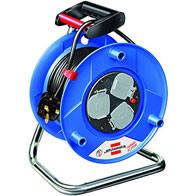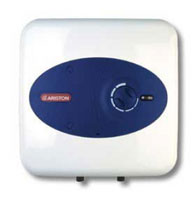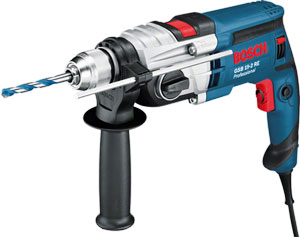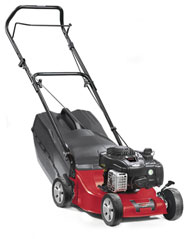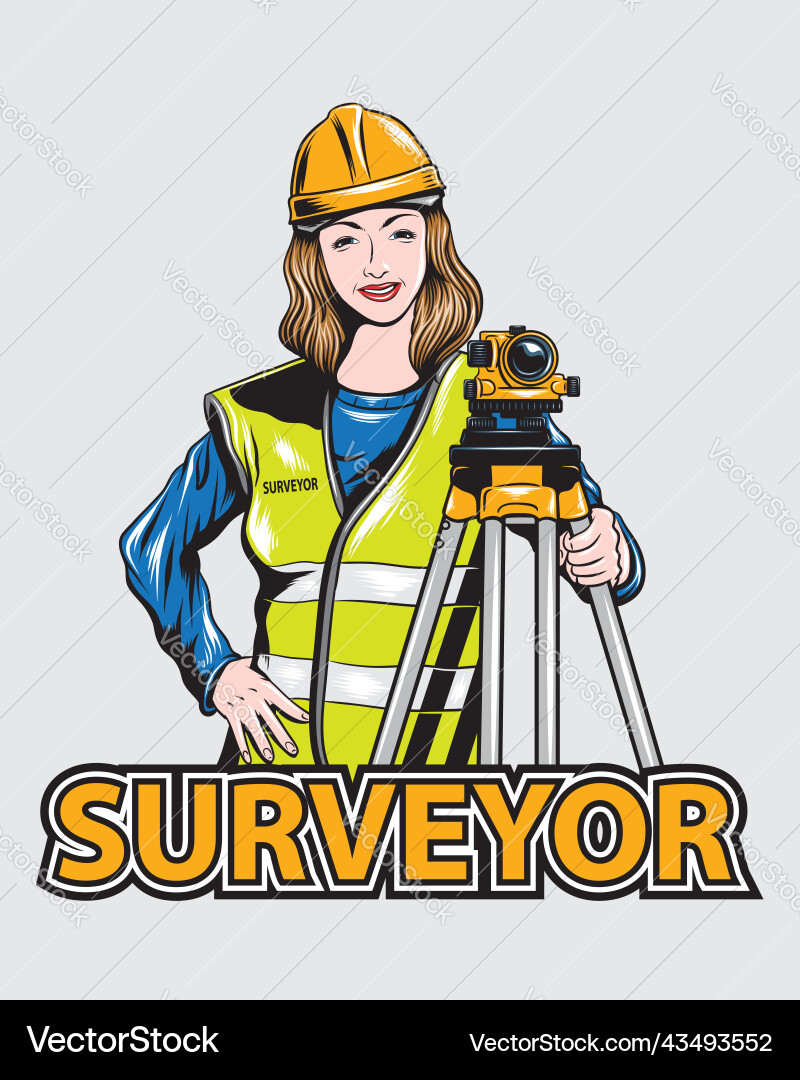Electrocution, falls, crash injuries, Dust, excessive noise and vibration are a number of common accidents on construction sites. Safety kits consist of safety helmets, shoes, nose masks with filter, dust cover, safety gloves, mini first aid box, and flashlight.
Common Types of PPE:
-
Head Protection: Hard hats shield the head from impacts, falling objects, and electrical hazards. They are essential in construction, manufacturing, and other industries where overhead dangers exist.
-
Eye and Face Protection: Safety glasses, goggles, and face shields protect the eyes and face from projectiles, splashes, dust, and harmful radiation. They are crucial in laboratories, construction, and healthcare settings.
-
Hearing Protection: Earplugs and earmuffs reduce exposure to loud noises, preventing hearing damage in industries like manufacturing, construction, and aviation.
-
Hand Protection: Gloves shield hands from cuts, abrasions, chemicals, extreme temperatures, and biological hazards. Different glove materials cater to specific needs, such as handling chemicals, working with sharp objects, or providing electrical insulation.
-
Foot Protection: Safety footwear, often equipped with steel toes and slip-resistant soles, protects feet from impacts, punctures, slips, trips, and falls. They are essential in construction, manufacturing, and other physically demanding jobs.
-
Respiratory Protection: Respirators and masks safeguard the respiratory system from harmful dust, fumes, gases, and airborne pathogens. They are crucial in healthcare, chemical handling, and other environments with air quality concerns.
-
Protective Clothing: Specialized clothing, such as coveralls, aprons, and high-visibility vests, offer protection against specific hazards like chemicals, heat, cold, and poor visibility.
Selecting the correct PPE is crucial for effective protection. Employers should conduct a thorough hazard assessment to identify potential risks and provide appropriate PPE to their workers. Factors to consider include:
-
The type of hazard.
-
The level of risk.
-
The duration of exposure.
-
The fit and comfort of the PPE.
While PPE is essential, it's only one part of a comprehensive safety program. Effective safety measures also include:
-
Hazard identification and control.
-
Engineering controls to eliminate or minimize hazards.
-
Safe work practices and procedures.
-
Regular training and education.
By combining PPE with other safety measures, workplaces can create a safe and healthy environment for all. Visit www.mamtus.ng for your quality Personal Protective Equipment (PPE).






